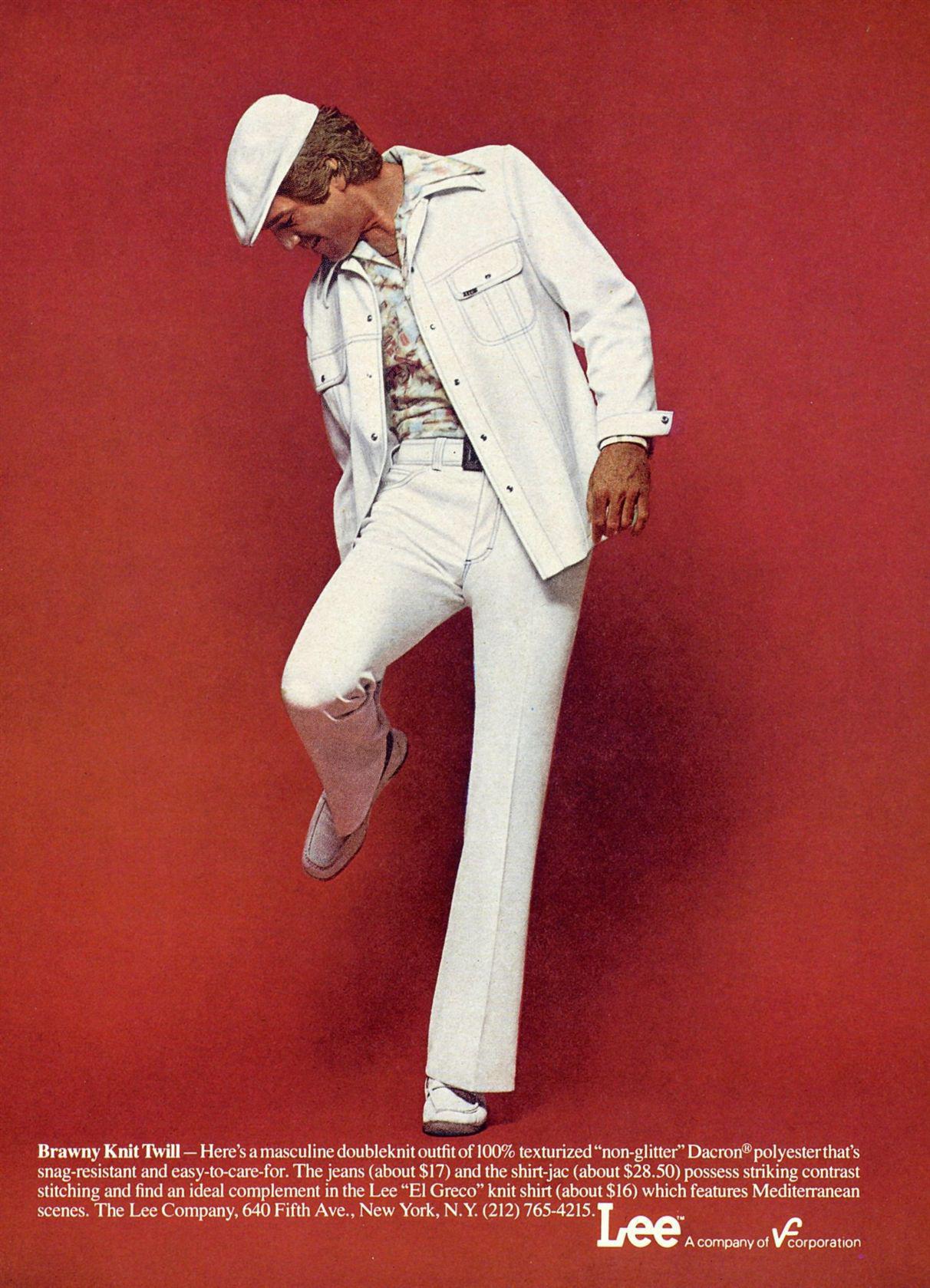 Read
Read
The 4 Content Optimization Rules You Can’t Afford to Break
We’ve said it before, we’re saying it now, and we’ll definitely say it again: creating quality content comes down to more than just writing. You need to plan, optimize, write, optimize, publish, optimize, promote, optimize, and optimize. Notice a theme there?
Yup, optimization is stupid important for your content efforts. But, what do we mean by content optimization?
Well, we could write a whole book on optimizing content, but it really boils down to these 4 things:
1) Competitive Keywords Matter. You really gotta stop publishing content without doing keyword research. Why? Because you’ll never rank for ultra-competitive terms like “content marketing.” You have to find less competitive, longer tail keywords. Use a tool like KWFinder to check competition score and search volumes of keywords you want to target. Here’s a general rule of thumb for keywords worth targeting:
- Monthly search volume over 500
- Competition score under 30
- Top competitors’ domain authority under 30
2) A Great Writer Matters. There’s no beating around the bush on this one. You have to hire quality writers. It doesn’t matter if that’s a freelancer or someone already on your team, they’ve just gotta be a seriously good writer. If you truly want to create content that people will read and share, it needs to be written by someone who is a goddess (or god) at creating engaging content.
3) More Keywords. But, not just more keywords. More of the right keywords. You can’t just stuff the same keyword over and over again into your content. Google don’t like that. Instead, you need contextual keywords—the words that are similar, but not the same as the keyword you’re targeting. CognitiveSEO has a tool to make this step crazy simple. Drop your target keyword and title in, then copy/paste the entire article. It’ll break the keyword optimization into three parts:
- Keywords you already use
- Keywords you should use
- Keywords you should use more often
4) Final Touches in Publishing. Before you publish, make sure your URL is structured correctly, use alt tags on your images, double check that your article is broken up into easy-to-read sections with headings and subheadings, and write your meta description.
Woo, that was a lot. A lot a lot. Take the jump for the rest…
Remember when we said that great writers are crucial to the success of your content? Of course you do, you literally just read it. Well, guess what!? We know where you can hire a few talented writers. Us! Yup, the Carnage writers are for hire.
How do you know if we’re any good? For one, we write this newsletter every day. And two, we do this for our clients every day.
 Read
Read
27 Research-Backed Web Design Tips: How to Design a Website That Works
Advice for driving traffic to your website is one thing. Advice for when people get to your site is a whole other game. We’ve tackled the former plenty of times in the Carnage. So we’re taking the road less traveled today.
We’re serving up Andy Crestodino’s best advice for the best web design. His company, Orbit Media, is prettyyyyyyy dang good at this stuff.
This article is divided into four sections: the structural layout of a website, images, navigation and links, and writing. Within each section, you’ll find the best advice, ideas, and inspiration for designing an effective website. A website that gets more value from every visitor.
There is a lot of value in this post, and we can’t possibly cover it all. So, we’re going to start at the end with the “writing” section. It’s just one of those days. Plus, writing is like, our thing. Let’s talk about words, baby
Write meaningful subheads
Make sure subheads aren’t vague. They should actually be helpful to visitors. If your subheaders say things like “products” or “services,” ask yourself if a more descriptive term would be more helpful. Check out these examples.
Such changes are good for scanners and usability. It’s good for the visually impaired and accessibility. It’s also good SEO best practices. It’s just… good!
Avoid jargon. Use simple words.
Long sentences and fancy words force the temporal lobe to work harder. That’s not good.
Copy that works well for “low literacy” users works well for everyone. It’s not about dumbing it down; it’s about using simple language that everyone can understand.
Avoid long paragraphs.
As a general rule, don’t write paragraphs longer than 3-4 lines. Big blocks of text get skimmed or worse—skipped.
Add evidence and social proof.
Ah, the ol’ conformity bias. The human tendency to do what other people are doing. Giving evidence that others have selected you makes choosing your company seem like a good choice. The goal is to make any decision other than using your company seem outside the norm.
Mention scarcity to trigger “loss aversion.”
For example, emphasize the costs of not using your product or service. Gently remind your visitors what they’ll miss, risk or lose by not taking action right now.
Optimize email signup forms for subscribers.
Follow the 3P’s: Prominence (it stands out with the visual hierarchy), Promise (it tells the reader what they’ll get and how often), Proof (it uses social proof/the number of subscribers or a testimonial).
Is your website up to par?
 Watch
Watch
Mini Home Makeover
Miniature everything is all the rage these days. KFC created a mini restaurant. There’s a YouTube channel dedicated to miniature spaces and food that has over 2,000,000 subscribers.
Why is it so popular? Who knows. But it sure is mesmerizing to watch. For real, you’re going to go down a miniature rabbit hole if you click on either of those links above.
SoFi is throwing their tiny hat into the minuscule ring with a normal sized ad featuring someone remodeling a mini kitchen. SoFi’s goal is to raise brand awareness around their personal loans for remodeling your home. Seems to be working a little…
“The only sure thing about luck is that it will change.”
Wilson Mizner


